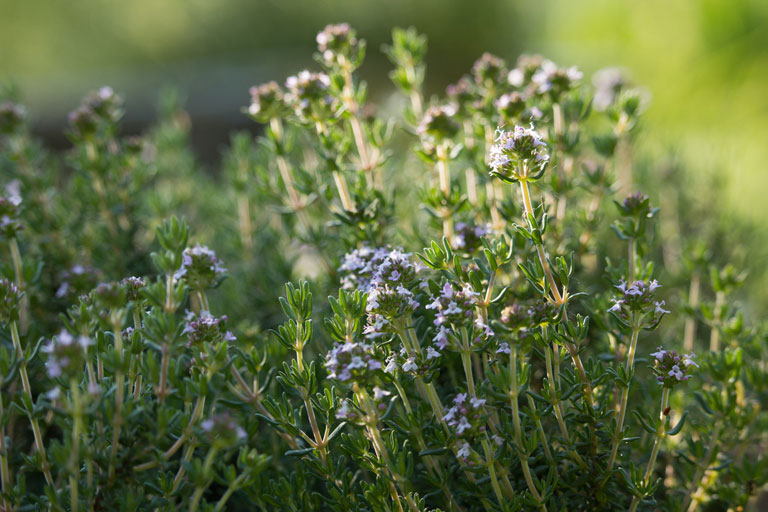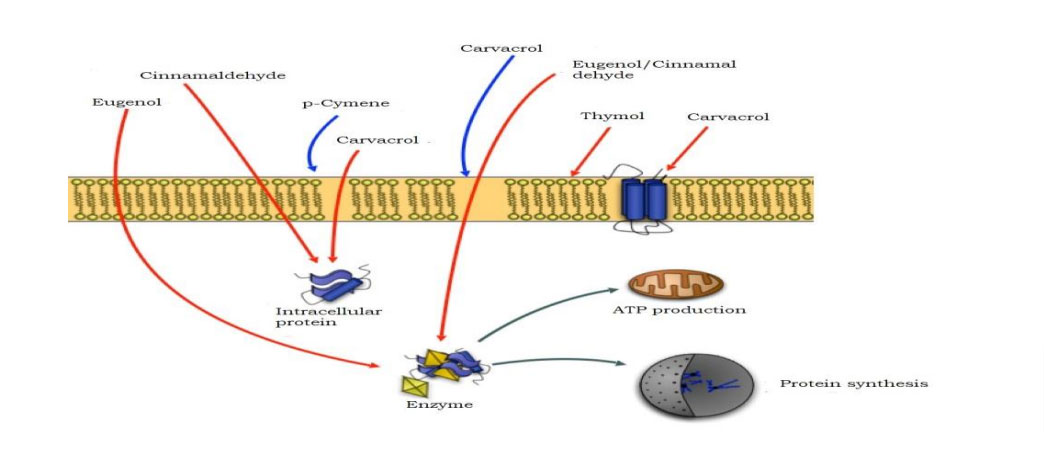07 Apr Synergistic effects of phytochemicals

Savvas Dimitriadis, Biotechnologist, Nuevo S.A, s.dimitriadis@nuevo-group.com
Nowadays, medicinal plants are gaining recognition as dietary supplements in animal production because they are considered natural, safe, environmentally friendly, and possess a wealth of health-promoting properties for farm animals, making their ongoing use an emerging field at the forefront of science. These plants, mainly herbs and spices, are characterized by enormous structural diversity and complexity.
According to several studies, the prevailing notion on their efficacy is that it is based on the combined action (synergy) of a variety of constituents.
Interactions of natural bioactive ingredients could be divided into two categories. Those that occur between components within a single medicinally-active plant species (endointeractions) and interactions that occur between components from different plants which may be ingested together (exointeractions).
The synergistic effect of these compounds may involve:
1. protection of major active substances from biodegradation
2. modification and facilitation of bioactive molecules’ penetration across membrane barriers of cells
3. increase of major bioactive compounds’ solubility and thereby enhancement of their bioavailability by interactions with particular phytochemicals which often do not possess specific pharmacological effects
4. modulation of drug resistance mechanisms that are caused when natural identical or synthetic compounds are administered
5. interactions with different cell wall components of pathogenic microbes with a simultaneous increase of antimicrobial action

1+1 does not always equal 2. In drug (natural or synthetic) interaction studies the result could be negative (antagonism), equal (additive) or positive (synergism) when the combination of bioactive constituents exerts an effect that is greater than the sum of the different substances.
Research studies demonstrated that the efficacy of natural bioactive substances was multiplied to a greater extent than were administered individually. For instance, a research study showed that the hop extract penetrates more strongly the bacterial wall of pathogenic microorganisms than myrcene and humulene, two of hop’s individual components.
Moreover, a number of bioactive substances coming from different plant species act at different receptor targets resulting in better performance and health enhancement of farm animals. Antioxidant activity, inflammatory response, antimicrobial activity, and body weight gain are typical parameters that are influenced positively by the combination of botanical blends in contrast with supplementation of a single plant species.
Hence, considering the enormous pharmacological potential of herbal preparations, it is essential to search and design botanical blends based on major and minor bioactive compounds with multi-targeted effects in animals’ biochemical pathways.
Why should we do that?
Because there is clear evidence according to the aforementioned data that botanical blends exert superior effects for a profitable production process compared to natural identical or synthetic compounds.



